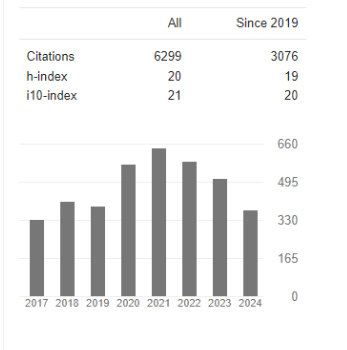MATLAB Plasmonic Nanoparticle Virion Counting and Interpretation System
Abstract
Bryan Hong and Jai Pal
One of the biggest issues currently plaguing the field of medicine is the lack of an accurate and efficient form of disease diagnosis especially in urban settings such as major cities. For example, the two most commonly utilized test diagnosis systems, the PCR and rapid test, sacrifice either accuracy or speed to achieve the other, and this could slow down epidemiologists working to combat the spread. Another issue currently present is the issue of viral quantification or the counting of virions within a nasal sample. These can provide doctors with crucial information in treating infections; however, the current mediums are underdeveloped and unstandardized. This project’s goals were to 1) create an accurate and rapid RSV diagnostic test that could be replicated and utilized efficiently in urban settings and 2) design a viral quantification mechanism that counts the number of virions to provide more information to doctors, epidemiologists, and healthcare workers. This diagnostic test involved a system that pumped RSV-aggregated gold nanoparticles and unaggregated gold nanoparticles through a microcapillary, whose cross-section was intersected by two laser beams generating and detecting the nanobubbles. The signals between the unaggregated and aggregated nanobubbles were calibrated, and the number of RSV virions was recorded. The results yielded an accuracy of 99.99% and an average time of 5.2 minutes, validating that this design is both faster and more accurate compared to current tests. When cross-validated with Poisson statistics, the virion counting system counted the number of virions with 98.52% accuracy. In order to determine the accuracy of our samples, the results were compared to clinical trials of nasal samples, and our diagnostic system predicted accurate diagnostics after statistical analysis. With further testing, this diagnostic method could replace current standards of testing, saving millions of lives every year. The research conducted today is supported by the University of Texas at Dallas.




